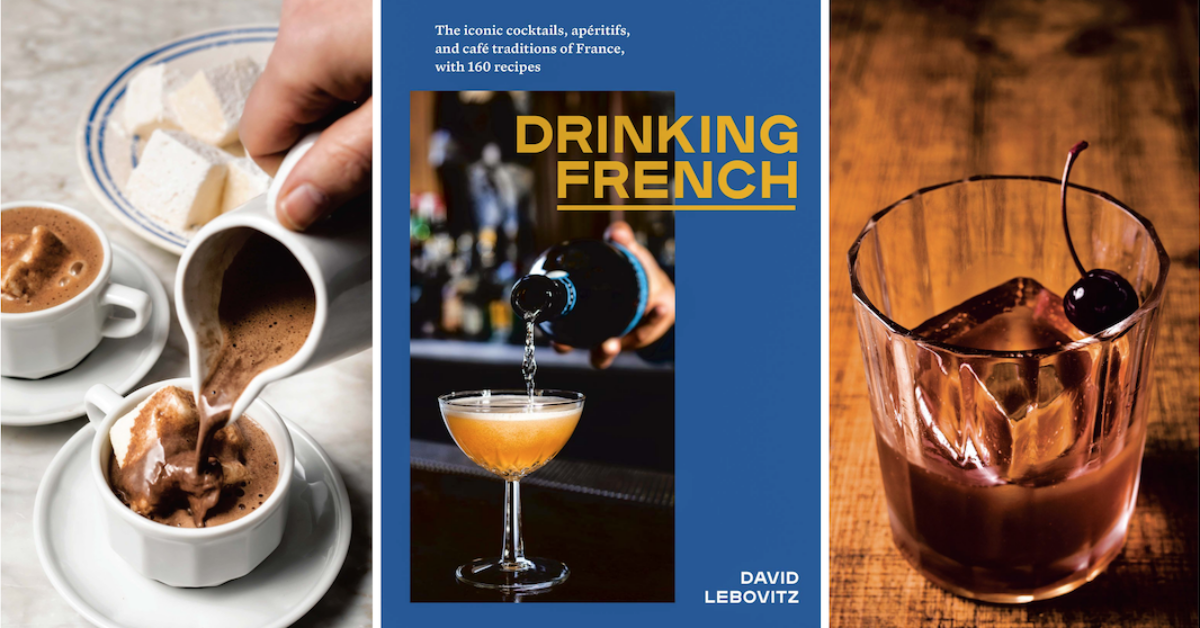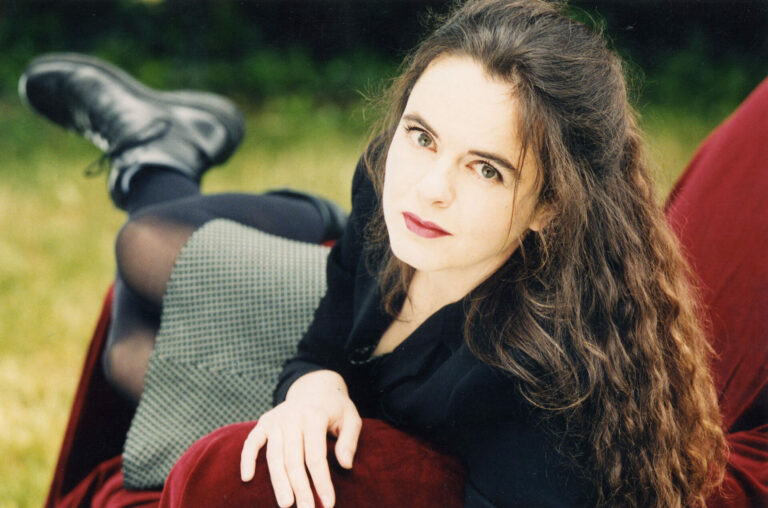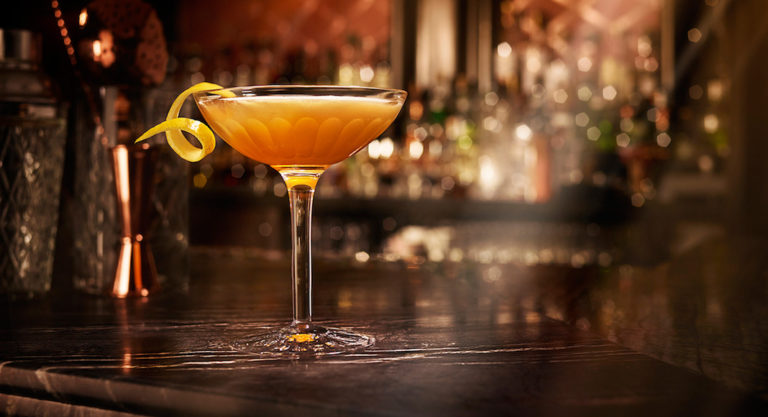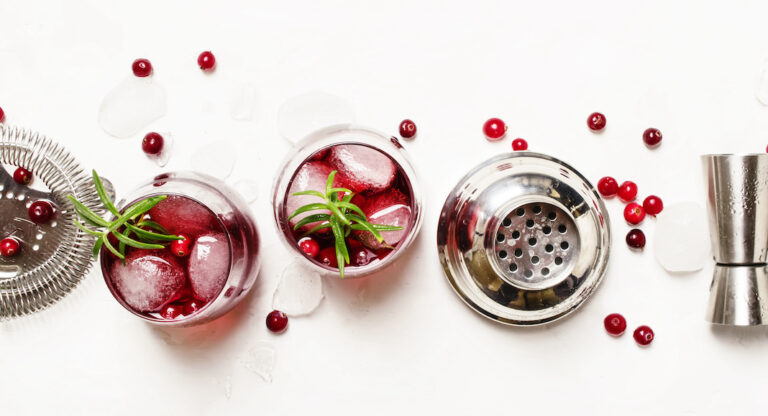You probably thought making a café au lait only required a few words — add milk to a cup of coffee. But this isn’t true. That’s a café crème, notes David Lebovitz.
But if David Lebovitz were writing about how to make a café crème, he would’ve found a way to devote seven paragraphs on two pages to it, as he does for café au lait in his new book, Drinking French. And like a hot coffee drink, you would drink it all up, every word.
This is what makes David Lebovitz — a French-food blogger so legendary that it almost feels disrespectful to refer to him by only his surname — so unique in his food writing. He can write two utterly captivating pages on café crème.
This deep-dive into French drinks is the backbone of his new book, Drinking French: The Iconic Cocktails, Apéritifs, and Café Traditions of France, with 160 Recipes (Ten Speed Press), released March 3. Divided into five chapters on hot drinks, apéritifs, liqueurs and infusions, cocktails, and snacks, Drinking French is an indispensable recipe book, history text, and cultural explainer.
View this post on Instagram
A post shared by Brad Thomas Parsons (@btparsons) on Feb 13, 2020 at 12:44pm PST
The 160 recipes aren’t presented like recipes — a long series of creations with buy-this-mix-this-do-that instructions. Instead, each is introduced by one or a few paragraphs that contextualize the significance of the beverage in France or detail how Lebovitz discovered the drink.
The book is full of these kinds of prefaces and asides. Each chapter begins with a mini education on that category of drinks and offers some insight into Lebovitz’s life in France. A special section of tips is included with each chapter to help you create the recipes at hand. Full-page asides explain the history of specific liquors and answer questions like “what’s so great about Pastis?” Lebovitz also offers quick French drink vocabulary lessons. Un thé, commonly translated as tea, is actually black tea; the word you may want is une infusion or une tisane. A Perrier with a slice of lemon is un Perrier-rondelle.
Within pages of reading this book, it’s made clear that not having these asides, explainers, and recipe prefaces would be like an American drinks cookbook detailing the recipe for Coca Cola without mentioning that it’s an artifact of Americana. The context is necessary.
View this post on Instagram
A post shared by David Lebovitz (@davidlebovitz) on Feb 17, 2020 at 3:41am PST
The recipes, are inspired by the people and places that gave Lebovitz his drinking education. His spiced hot chocolate is an homage to the recipe at Maison Aleph in Paris. The vin de sapin is inspired by the chef at Hôtel Plaza Athénée. Harry’s New York Bar in Paris has a cocktail like Lebovitz’s Mon Nouvel Ami. His inspirations come from as far as bartenders in Seattle and Maison Premiere in New York.
Besides grouping drinks by type, Lebovitz has also grouped them by ingredient. The recipe for strawberry liqueur is followed by recipes using it. Same goes for French apéritifs, like Lillet and Picon, which Lebovitz goes into great detail about.
Cocktails aren’t made using obscure liquors, and snacking recipes like baked camembert, radishes with radish green butter, and deviled eggs with cornichon tapenade are unique yet simple enough for an amateur cook. Measurements are in cups, ounces, and metric units. For those in Paris, he recommends liquor and glassware stores and online resources for ordering specific alcohol brands.
https://www.instagram.com/p/By51f2YiU5T/
What makes Drinking French a standout compared to other recipe books is that the writing is just as enjoyable as the recipes. Café culture and French drinks have never seemed as important as when Lebovitz muses over them, with sentences like, “On the darkened streets and sidewalks of France, the flicker of lights in corner cafes signals the start of the day.” His love for French drinks and the culture around drinking in France is clear, and he proves the value of his own French drinking education. Anyone interested in learning the same would do well to have Drinking French on their shelf.
And for those wondering, a café crème is actually “hot coffee with a good amount of warm milk.”
When you buy through our links, we may earn money from our affiliate partners.






